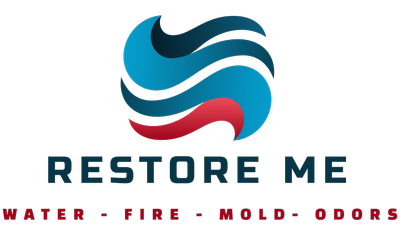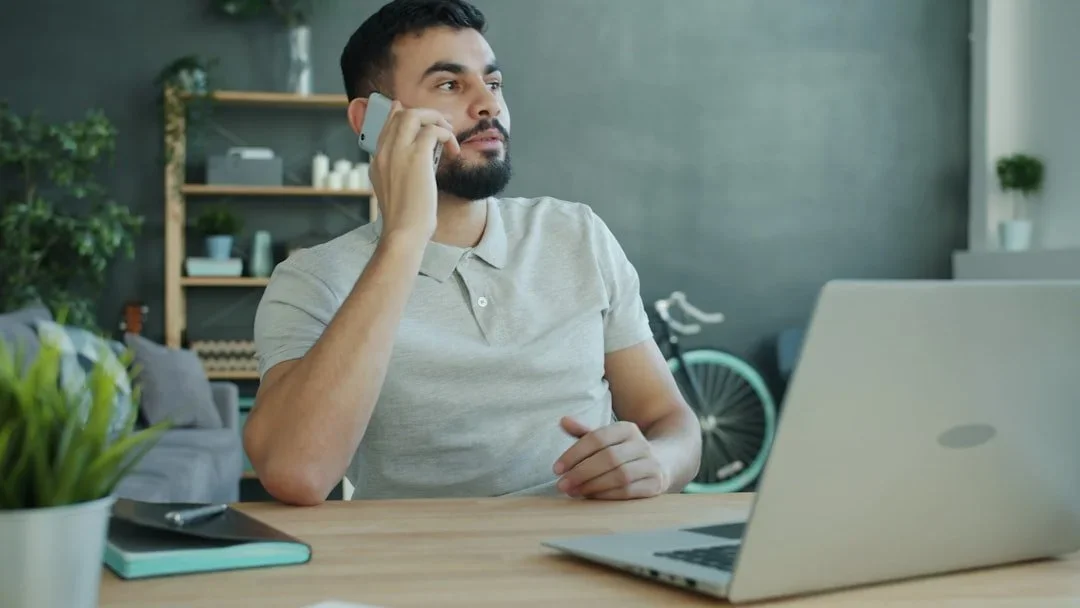
Education-Only
Property Damage Insurance Guide
A clear, step-by-step playbook for organizing water, fire/smoke, or mold/IAQ claims—so your first call with the carrier is calm and productive.
This guide is for education only. It’s not legal advice and doesn’t replace your policy or your carrier’s instructions.
10-Minute Checklist
Quick Start
-
Avoid standing water near outlets; watch ceilings for sag; shut off utilities only if safe.
-
Close water valves; cap supply lines; ventilate smoke as advised.
-
Photos: 10–20 per room (wide → medium → close).
Video: 30–60 second walkthrough stating date, address, and what happened.
-
Rooms, materials (drywall, baseboards, flooring), and contents (rugs, electronics, furniture).
-
Fans, filters, tarps, temporary repairs.
-
When you discovered the issue and how long it may have been active.
(Sample Script)
What to Say on the First Call
“Hi, I’m reporting [water / fire & smoke / mold or IAQ] damage found on [date/time] at [address].
I have photos, video, and an itemized list of affected rooms/materials.
Could you give me a claim number, the expected adjuster contact, and any mitigation steps you authorize now?”
Property
Documentation
Photo Prompts
(per room)
2–3 wide shots showing context
3–5 medium shots of walls, floors, baseboards, cabinets
Close-ups of visible damage (staining, buckling, soot, residue, microbial growth)
“Ruler shots” to show scale (place a tape measure in frame)
Video Prompt
(30–45 sec)
“Today is [date-time] -at [address].
We discovered [issue] in [rooms]. I’m showing visible damage and where water/smoke traveled.”
Contents List
(Non-Salvageable)
What Room?
Items damaged
Quantity
Description
Gather any receipts you may have.
Adjuster will request you start a list of damaged items that are non-salvageable. Adjuster will take notes of items that look to be non-salvageable.
Communication Log
Photos; before/after photos
Record of contractors, insurance adjusters, engineers, etc.
Keep a notebook of people who will be assisting you during this time with emails, and contact information. Take notes to remind yourself who they are and can get confusing.
Keep emails of conversations for your records.
Considering testing or moisture readings? See Mold Inspection & Testing
Education
Mitigation: What Carriers Often Expect
Water
Stop source, remove standing water, begin controlled drying (LGR/desiccant dehumidifiers), verify with moisture readings.
Fire/Smoke
Residue-specific cleaning (dry/wet/protein), HVAC decontamination, BioSweep® odor deodorization.
Mold/IAQ
Fix moisture source first; assess amount of damage, possible testing to determine mold spore levels or type if needed. Making informed decisions.

When BioSweep® Makes Sense
When to Consider Testing
Mold/IAQ concerns after >48–72 hours of dampness
Post-remediation verification (PRV) to confirm success
Fire residue questions (especially protein fires)
Houston & Austin Notes
Common Pitfalls (Avoid These)
-

Will this guarantee coverage?
No. Policies vary. Use this guide to get organized and ask better questions.
-

Should I approve work before an adjuster visit?
Follow your policy and carrier guidance. Ask what mitigation they authorize immediately (water extraction, drying, temporary protection).
-

How long does drying take?
Typically 2–5 days, verified with moisture readings.
-

Do I need PRV testing?
If significant mold cleanup occurred, PRV can document success.
Proven Answers
Frequently Asked Questions
-
We offer fast local scheduling. Availability depends on city and project scope—contact us for the earliest slot.
-
We aim to dry in place when safe and practical. If materials can’t reach target moisture levels, we’ll discuss selective removal.
-
If conditions suggest risk, we can perform mold inspection & testing with lab-backed reports.
-
Not always. When odors persist after drying, BioSweep® can neutralize remaining odor molecules at the source.
-
We provide guides and education so you can talk confidently with your carrier. Start here



